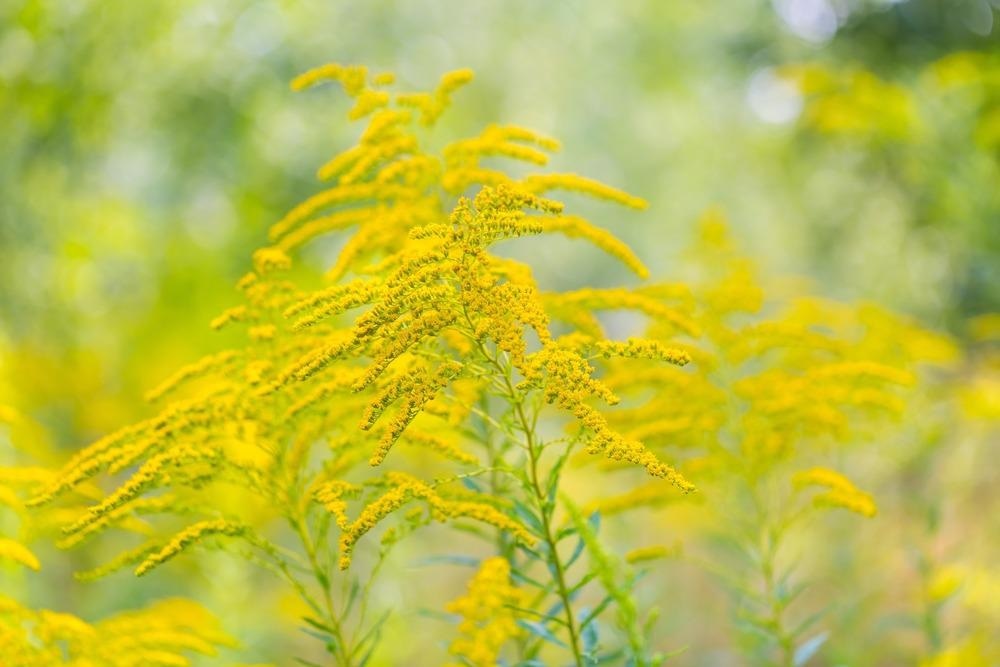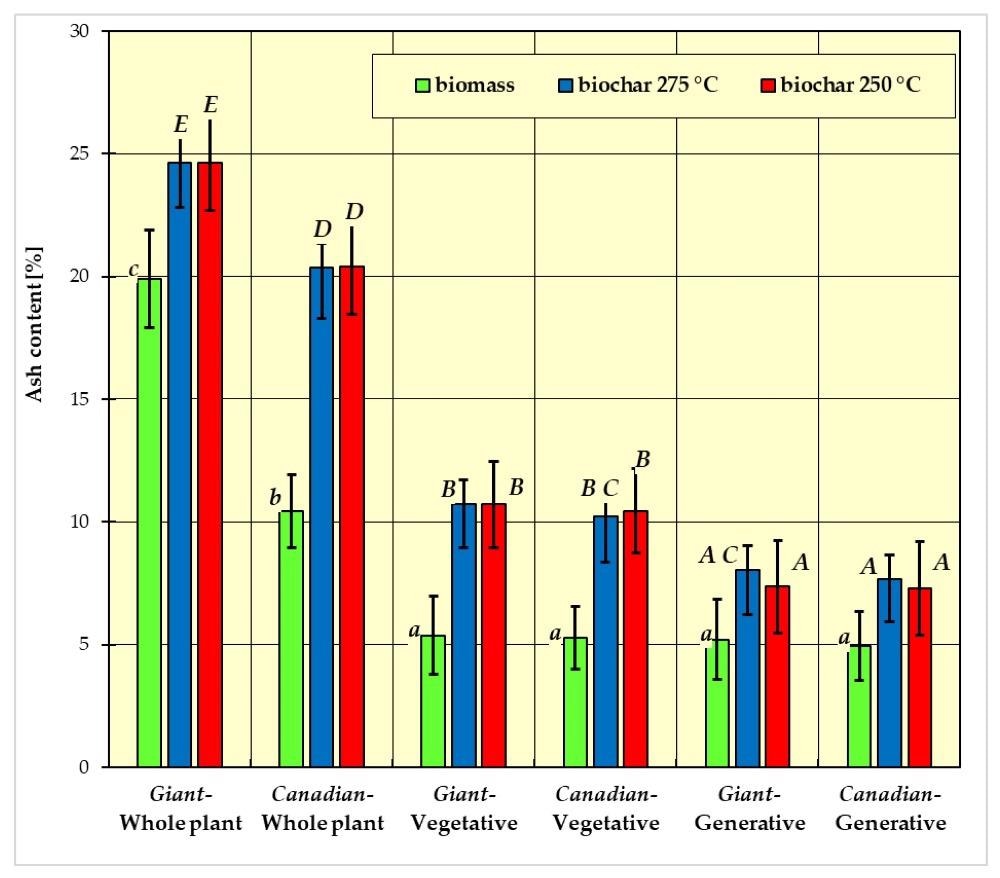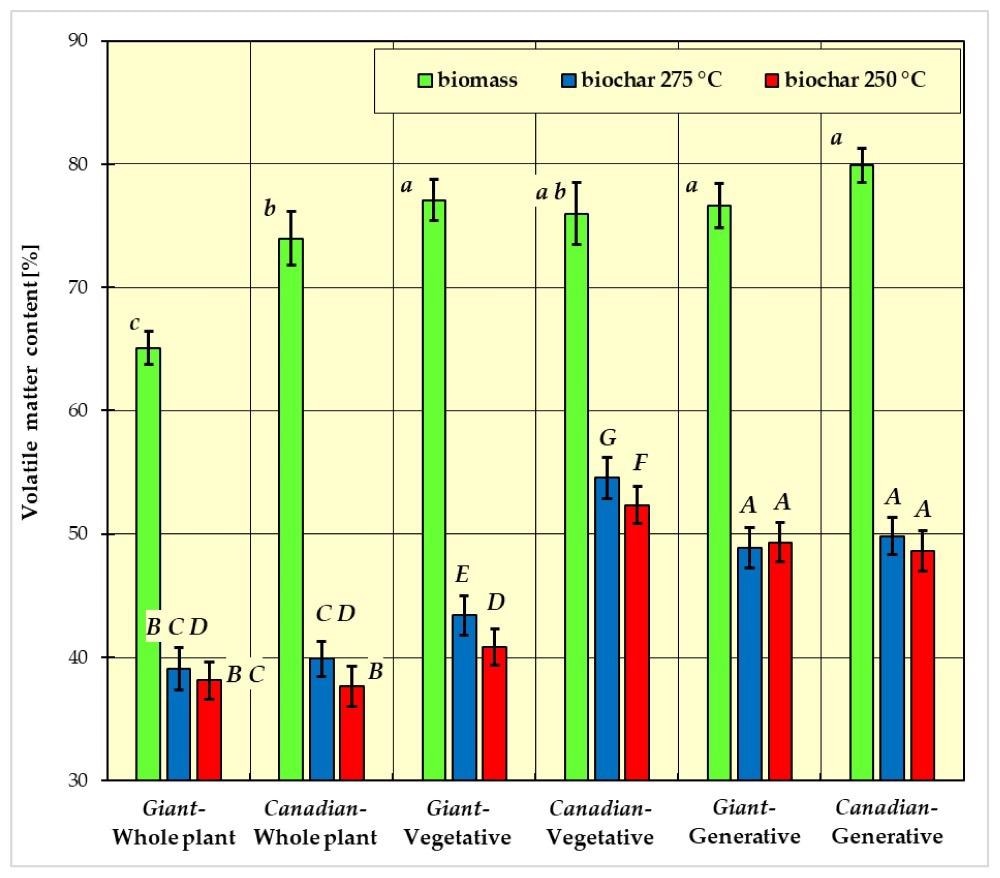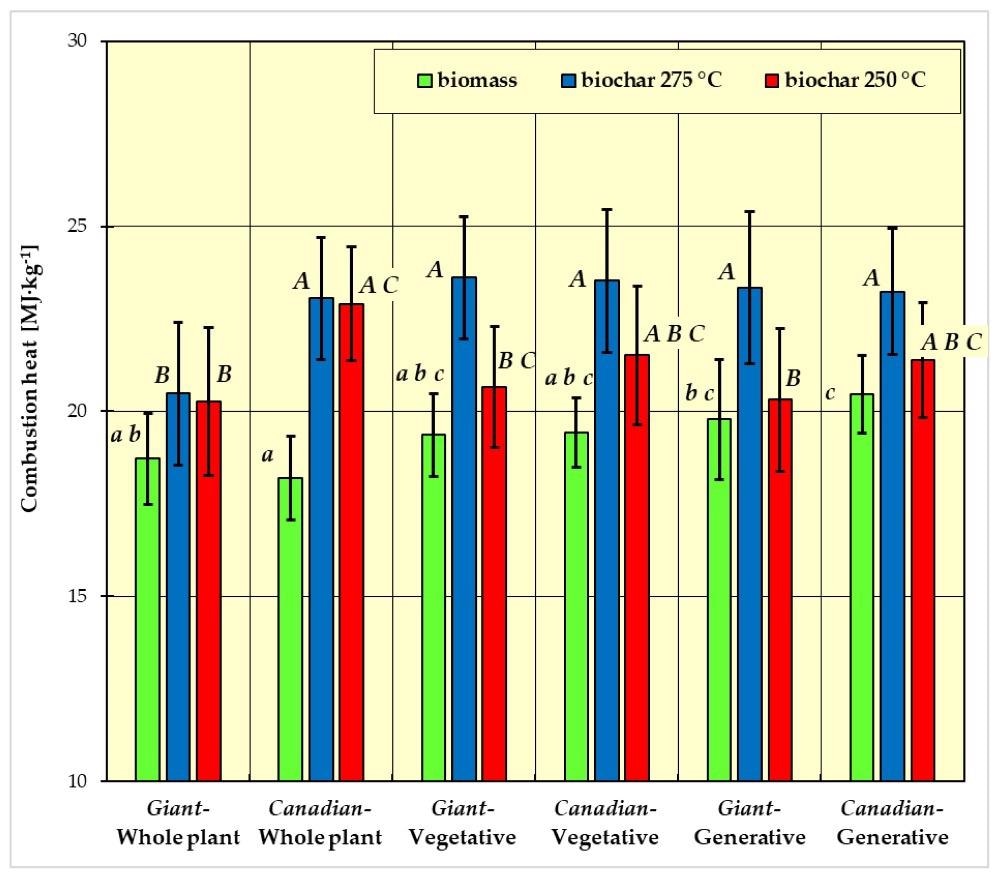In an article recently published in the open-access journal Materials, researchers reported the physicochemical characteristics of biochar made from goldenrod plants.

Study: Physicochemical Properties of Biochar Produced from Goldenrod Plants. Image Credit: Greens and Blues/Shutterstock.com
Background
Biomass has recently emerged as a viable alternative to solid fossil fuels in the hunt for energy sources that have a lower environmental impact. Biomass has a lot of technological and development potential, and it's one of the most important renewable energy sources.
However, due to its wetness, flash point, and bulk density, biomass's physicochemical qualities make it difficult to burn. Biomass can be thermally treated to increase its energy, and improve its chemical and physicomechanical properties. Thermolysis is defined as the chemical degradation of material produced by an increase in temperature. Torrefaction is one of the techniques of thermolysis.

Average ash content in biomass and biochar. All data are expressed as mean ± SD. Bars with a different letter indicate significant differences according to Fisher’s LSD test (p < 0.05 was accepted as statistically significant). Homogeneous groups are marked with the same letters (lowercase letters a, b, c for biomass homogeneous groups, uppercase letters A, B, C, D, E for biochar homogeneous groups). Image Credit: Łapczy ´nska-Kordon, B. et al., Materials
Biochar, an environmentally-friendly, porous carbon substance made by pyrolysis from raw biomass, has recently been proposed as a foundation for powdered photocatalytic platforms. The properties of biochar produced through the torrefaction process can vary significantly depending on the origin and type of the biomass, its duration, the temperature of the process, and the initial moisture content.
The torrefaction technique was used to treat a variety of plant and waste biomass from agro-food processing and municipal garbage. The Asteraceae plant family, which includes goldenrod, could be a possible raw material for biochar manufacturing.
About the Study
In this study, the authors discussed the utility of goldenrod (Solidago canadensis and Solidago gigantea) to make biochar. The plant's vegetative and generative components, as well as the entire plant, were torrefied at temperatures of 250 °C and 275 °C for 3 hours. The raw material's and biochar's physicochemical parameters, such as ash content, bulk density, moisture content, calorific value, volatile matter content, and heat of combustion, were determined. Raw biomass and biochar bulk densities were also quantified.
The researchers evaluated the physicochemical features of biochar made from the whole plant, as well as the generative and vegetative sections of two goldenrod species. The ability to evaluate the viability of employing goldenrod in the creation of biochar was demonstrated.
The team split plants into vegetative and generative sections, and laboratory tests were performed on each of the specified parts as well as the entire plants before and after the torrefaction process. The indirect drying method was used to determine the material moisture content. The ash content of the tested material was determined using a muffle furnace in compliance with the EN ISO 18122:2016-01 standard. EN ISO 18123:2016-0 was used to determine the volatile matter content. Using the KL-12 calorimeter, the bomb calorimeter determined the heat of combustion and calorific value.
The Analysis of Variance (ANOVA) was used to see if the studied factors had an effect on the observed variables. The statistical investigation of thermochemical processes with biochar generated from plants in the Asteraceae family, which included goldenrod, was also done using ANOVA.

Average volatile matter content in biomass and biochar. All data are expressed as mean ± SD. Bars with a different letter indicate significant differences according to Fisher’s LSD test (p < 0.05 was accepted as statistically significant). Homogeneous groups are marked with the same letters (lowercase letters a, b, c for biomass homogeneous groups, uppercase letters A, B, C, D, E, F, G for biochar homogeneous groups). Image Credit: Łapczy ´nska-Kordon, B. et al., Materials
Observations
The biomass of Giant goldenrod and Canadian goldenrod had a bulk density of 331 to 487 kg.m-3. The bulk density of the produced biochar ranged between 149 and 324 kg.m-3. The moisture level of the analyzed biomass ranged from 9.18% to 12.86%. The moisture level of Giant goldenrod—whole plant ranged from 9.18% to 10.73%. At 250 °C, the moisture content of biochar ranged from 5.28% to 8.96%. The biochar derived from the Giant goldenrod—whole plant had the lowest moisture content, whereas the Giant goldenrod—generative section had the greatest.
The average volatile matter concentration of the analyzed biomass ranged from 65 to 80%. The content of the Giant and Canadian goldenrod vegetative sections, as well as the generative part of the Giant goldenrod, ranged from 77 to 78%. Biomass had a calorific value ranging from 17 to 21 MJ.kg-1. The calorific value of the Giant goldenrod—whole plant was around 18 MJ.kg-1, and it ranged between 18–19 MJ.kg-1 in the vegetative parts of both species and the generative component of the Giant goldenrod.
The ash content of biochar produced at 250°C and 275°C showed no significant variations. The volatile matter concentration of biochar produced at 275
°C ranged from 40% to 54%. At a temperature of 275 °C, the average calorific value of torrefaction ranged from 15.47 to 22.68 MJ.kg-1. The complete plant of the Giant goldenrod had the lowest value of 15.47 MJ.kg-1, whereas the generative section of the Canadian goldenrod had the greatest value of 22.68 MJ.kg-1.

Combustion heat of biomass and biochar. All data are expressed as mean ± SD. Bars with a different letter indicate significant differences according to Fisher’s LSD test (p < 0.05 was accepted as statistically significant). Homogeneous groups are marked with the same letters (lowercase letters a, b, c for biomass homogeneous groups, uppercase letters A, B, C for biochar homogeneous groups). Image Credit: Łapczy ´nska-Kordon, B. et al., Materials
Conclusions
In conclusion, this study elucidated that the entire plant of both goldenrod species had a substantial impact on the ash and volatile matter content of biochar and fresh biomass. The ash content, calorific value, and heat of combustion increased following biomass torrefaction, while volatile matter content declined. The plant species and sampled portions had a substantial impact on the ash content, calorific value, volatile matter content, and heat of combustion in both raw biomass and biochar.
The authors also observed that the calorific value of biomass and biochar, as well as the heat of combustion, are significantly dependent on the sample type (generative part, vegetative part, whole plant). They also determined that the heat of combustion and calorific value of biochar produced at a greater temperature are both higher.
Disclaimer: The views expressed here are those of the author expressed in their private capacity and do not necessarily represent the views of AZoM.com Limited T/A AZoNetwork the owner and operator of this website. This disclaimer forms part of the Terms and conditions of use of this website.
Source:
Łapczy ´nska-Kordon, B., Slipek, Z., Słomka-Polonis, K., et al. Physicochemical Properties of Biochar Produced from Goldenrod Plants. Materials 15(7) 2615 (2022). https://www.mdpi.com/1996-1944/15/7/2615